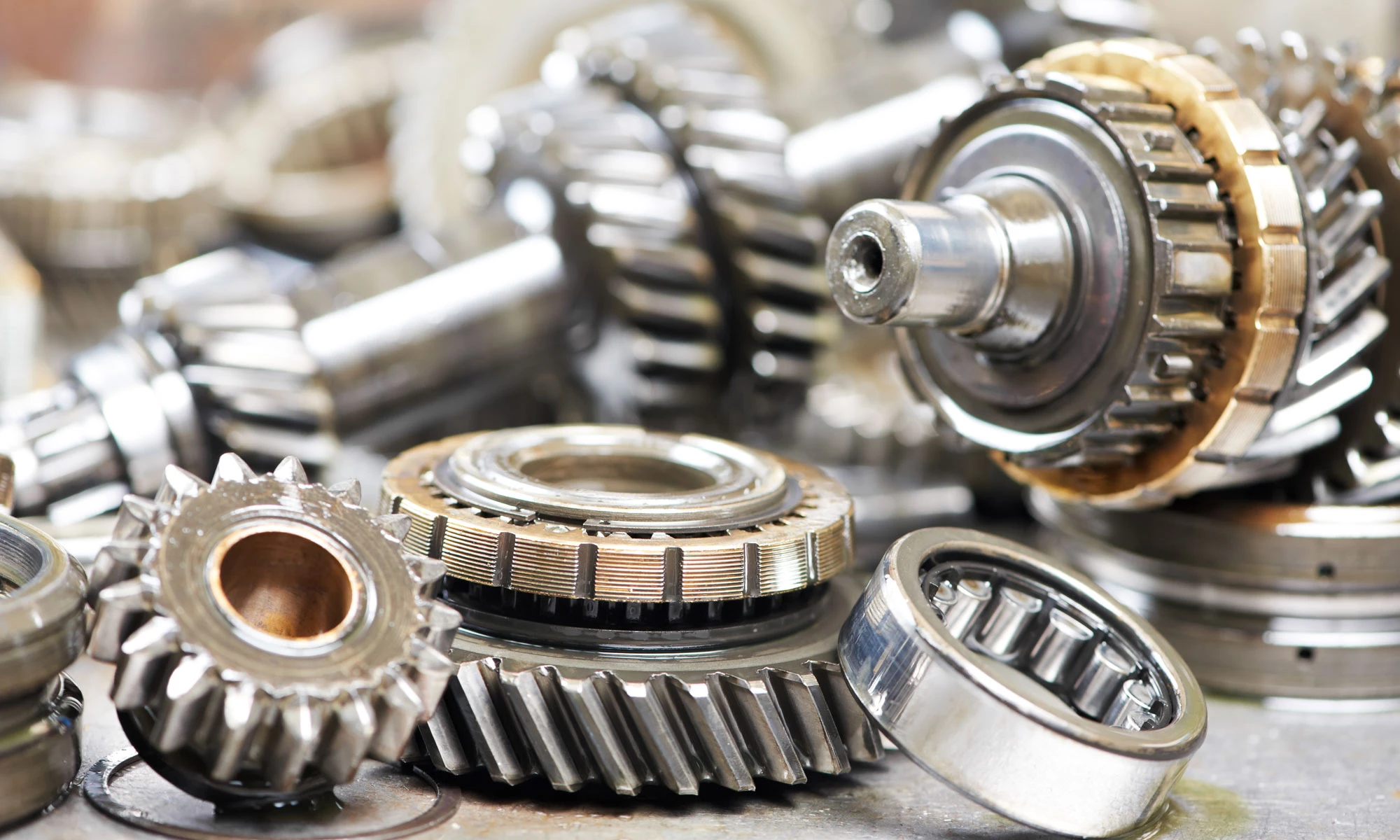Procedure for determining the tolerance window
If measuring points have been defined, suitable measuring machines are programmed on them and the parts are measured. After all reference parts have been measured, the values determined are automatically entered in a table provided for this purpose using special evaluation software. The measured values obtained are then analysed, evaluated and processed using a method defined by the Munich Consulting Group. This evaluation also examines which tolerance value changes are possible among the new parts. The largest deviation serves as a reference for the manufacturing tolerance and is verified under the aspect that the components measured here are new parts.
Example using a component
The outer rotor of a pendulum vane oil pump is a good example, since it is assumed that the pump will run in and thus be subject to greater wear. The counterpart “the slider” will wear out to a lesser extent because it is usually made of a harder material. For the measured new parts, a higher scatter of the diameter in the negative range has been determined. Outer rotors of oil pumps already in operation, which were considered for comparison purposes, were still within the manufacturing tolerance range after measurement and evaluation.
Processing and visualization of measurement results
The metrologically determined data of each component in an oil pump are then graphically visualized in the form of a diagram with stacked surfaces and value points. In this case, the stacked surfaces represent the manufacturing tolerance range and the functional tolerance range. In the case of components that are subject to greater wear or do not consist of a solid building structure, the tolerance window is mathematically widened and checked by a continuous run to confirm the calculation. At the same time, this evaluation also shows whether an extended tolerance window is required.
Cost efficiency through reprocessing
The measurement and evaluation of reference components requires a certain amount of financial advance in the first step, but will be more efficient in the future. On the one hand, extended component tolerances allow cost-effective remanufacturing and, on the other hand, the yield of potential cores for the reprocessing of such components is increased.

